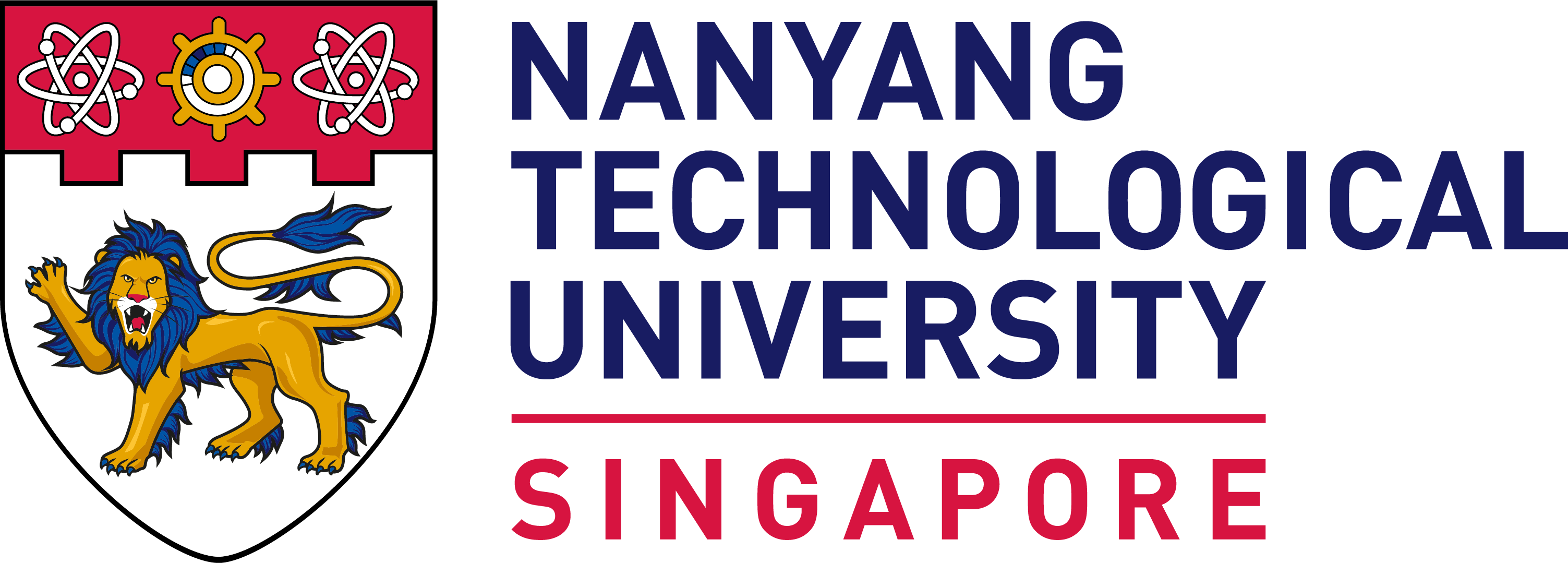Fueling the Future

Abstract
The estimated world population of 8.0 billion consumed ~15.2 Gtoe of energy (at an average rate of 20.1 TW). Globally, the burning of carbon-based fossil fuels supplies over 80% of the energy demand, and hence the prospering industrial societies are responsible for the observed increase in carbon dioxide levels from preindustrial 280 ppm to over 420 ppm measured last year. The constantly increasing atmospheric CO2 concentration is highly likely to result in global warming, sea level rise, and ocean acidification. To reduce the environmental footprint of modern societies and address the limitations of fossil resources, the projected increase in global energy demand must go along with implementing low-carbon energy production and carrier systems. In this presentation, the current energy status and future options will be discussed and compared. It will then be concluded by introducing our research efforts in utilizing formic acid as a low-carbon hydrogen/energy carrier and e-fuel.

Key References
[1] Eppinger, J.; Huang, K.-W. “Formic Acid as a Hydrogen Energy Carrier” ACS Energy Lett. 2017, 2, 188-195. [2] Dutta, I.; Parsapur, R. K.; Chatterjee, S.; Hengne, A. M.; Tan, D.; Peramaiah, K.; Solling, T. I.; Nielsen, O. J.; Huang, K.-W. “The Role of Fugitive Hydrogen Emissions in Selecting Hydrogen Carriers” ACS Energy Lett. 2023, 8, 3251-3257. [3] Cai, Y.; Chatterjee, S.; Salama, K.N.; Li. J.-J.; Huang, K.-W. “Sensing fugitive hydrogen emissions.” Nat. Rev. Electr. Eng. 2024, https://doi.org/10.1038/s44287-024-00039-4 [4] Chatterjee, S.; Dutta, I.; Lum, Y.; Lai, Z.; Huang, K.-W. “Enabling Storage and Utilization of Low-Carbon Electricity: Power to Formic Acid” Energy Environ. Sci. 2021, 14, 1194-1246. [5] Chatterjee, S.; Huang, K.-W. “Unrealistic Energy and Materials Requirement for Direct Air Capture in Deep Mitigation Pathways” Nat. Comm. 2020, 3287. [6] Parsapur, R. K.; Chatterjee, S.; Huang, K.-W. “The Insignificant Role of Dry Reforming of Methane in CO2 Emission Relief” ACS Energy Lett. 2020, 5, 2881-2885. [7] Chatterjee, S.; Parsapur, R. K.; Huang, K.-W. “Limitations of Ammonia as a Hydrogen Energy Carrier for the Transportation Sector” ACS Energy Lett. 2021, 6, 4390-4394. [8] Dutta, I; Chatterjee, S.; Cheng, H.; Parsapur, R. K.; Liu, Z.; Li, Z.; Ye, E.; Low, J.; Lai, Z.; Kawanami, H.; Loh,X. J.; Huang, K.-W. “Formic Acid to Power towards Low-Carbon Economy” Adv. Energy Mater. 2022, 2103799. [9] IEA World Energy Outlook 2019-2023. [10] House, K. Z.; Harvey, C. F.; Aziz, M. J.; Schrag, D. P. “The Energy Penalty of Post-combustion CO2 Capture & Storage and Its Implications for Retrofitting the U.S. Installed Base” Energy Environ. Sci. 2009, 2, 193–205. [11] Dowell, N. M.; Fennell, P. S.; Shah, N.; Maitland, G. C. “The Role of CO2 Capture and Utilization in Mitigating Climate Change” Nat. Clim. Chang. 2017, 7, 243–249
Biography
Kuo-Wei Huang received his B.S. from National Taiwan University as a Yuan T. Lee Fellow and his Ph.D. from Stanford University as a Regina Casper Fellow. Before joining KAUST as a founding faculty member, he had been an Assistant Professor at the National University of Singapore and a Goldhaber Distinguished Fellow at Brookhaven National Laboratory. The research interests of his group include CO2 utilization, hydrogen storage, small molecule activation (particularly on the PN3(P) ligand platform his group has developed and pioneered), and computational and kinetic mechanistic studies of catalysis. He was highlighted in “Pioneers and Influencers in Organometallic Chemistry” by Organometallics in 2020.

